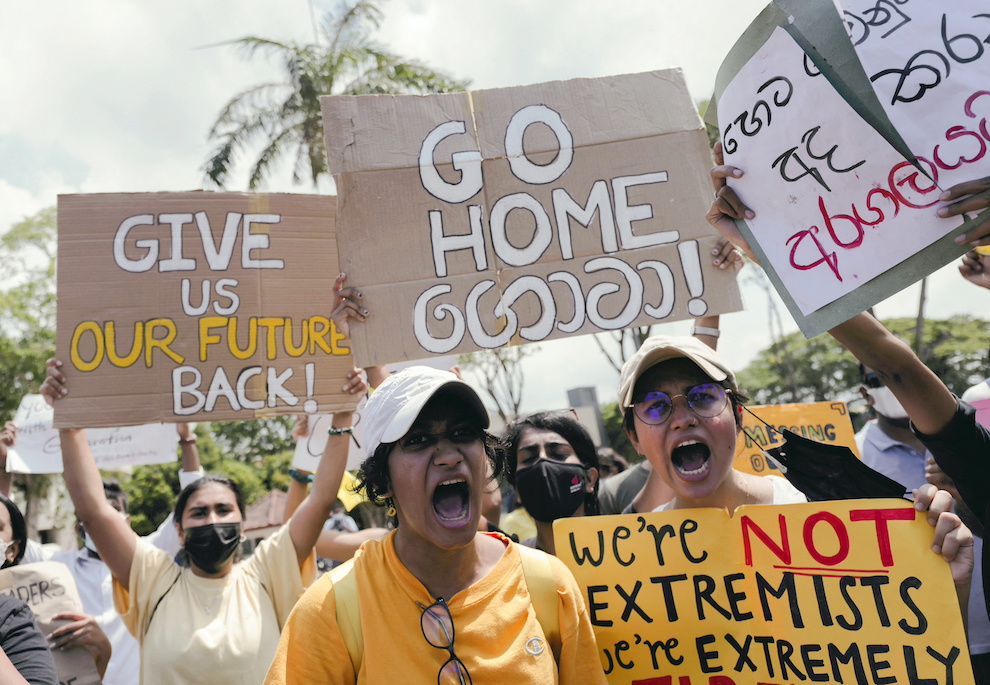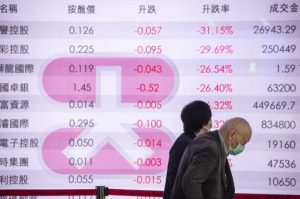Sri Lanka will need about $3 billion in external assistance within the next six months to help restore supplies of essential items, including fuel and medicines, to manage a severe economic crisis, its finance minister said on Saturday.
The island nation of 22 million people has been hit by prolonged power cuts, with fuel, medicine and other items running short, bringing angry protesters out on the streets and putting president Gotabaya Rajapaksa under mounting pressure.
“It’s a Herculean task,” finance minister Ali Sabry told Reuters in his first interview since taking office this week, referring to finding $3 billion in bridge financing as the country readied for negotiations with the International Monetary Fund (IMF).
Sri Lanka will look to restructure international sovereign bonds and seek a moratorium on payments, and is confident of negotiating with bondholders for an upcoming $1 billion payment in July.
“The entire effort is not to go for a hard default,” Sabry said. “We understand the consequences of a hard default.”
The International Monetary Fund (IMF) said on Saturday it was “very concerned” about Sri Lanka’s ongoing economic crisis and that it had started technical-level engagement with finance ministry and central bank officials for a loan programme.
“We commit to assisting Sri Lanka consistent with our policies, and will engage in discussions on a possible programme with senior policymakers in the coming days and weeks,” IMF’s mission chief for Sri Lanka, Masahiro Nozaki, told Reuters.
“We are monitoring the political and economic developments very closely,” Nozaki said.
J.P. Morgan analysts estimated this week that Sri Lanka’s gross debt servicing would amount to $7 billion this year, with the current account deficit coming in around $3 billion.
Sri Lanka’s central bank doubled its key interest rates on Friday, raising each by an unprecedented 700 basis points to tame inflation that has soared due to crippling shortages of basic goods. Inflation hit 18.7% in March.
Street protests have been held nearly non-stop for more than a month, despite a five-day state of emergency and a two-day curfew.
The Central Bank of Sri Lanka’s monetary board raised its standing lending facility to 14.5% and its standing deposit facility to 13.5%.
The build-up of aggregate demand, domestic supply disruptions, the plunge of the local currency and high prices of commodities globally could keep up the pressure on inflation, the bank said in its monetary policy decision statement.
“The rate rise will give a strong signal to investors and markets that we are coming out of this as soon as possible,” governor P. Nandalal Weerasinghe said at a post-policy decision briefing.
Weerasinghe said that he wanted to run the central bank independently without any external influence and that he had been given the authority to do so by the president and has been asked to expedite measures to get the country out of the current crisis.
“I want to be very clear that my message is not one of blind positivity. Things are challenging and we need to take decisive action. Things will get worse before they get better, but we need to apply the brakes to this vehicle before it crashes,” he added.
- Reuters, with additional editing by George Russell
























